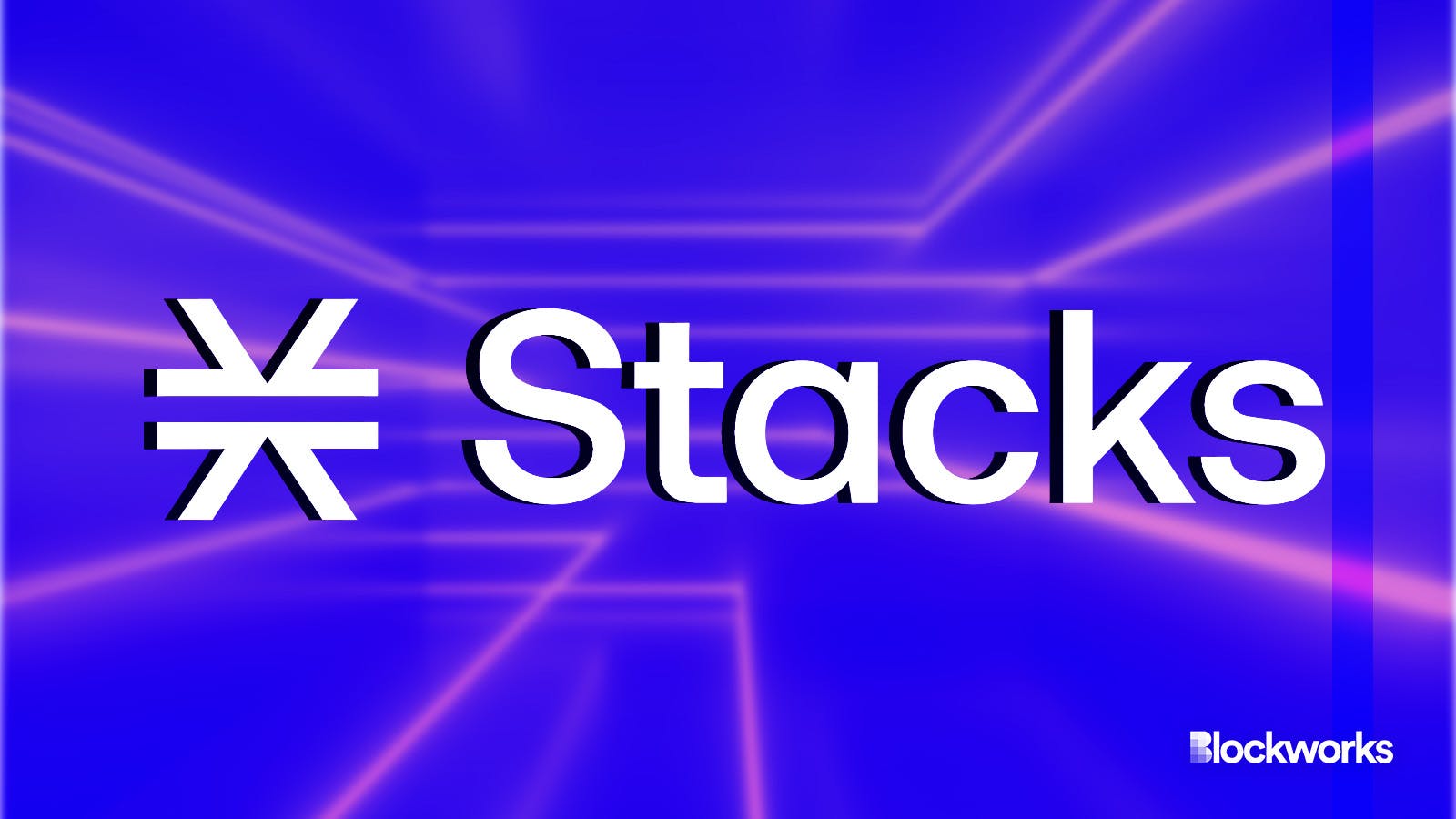Stacks Nakamoto upgrade unfolds a new era for the Bitcoin L2
The Nakamoto upgrade will enhance transaction throughput and enable Bitcoin finality for layer-2 transactions

Stacks and Adobe Stock modified by Blockworks
Bitcoin layer-2 solution Stacks initiated the rollout of its Nakamoto upgrade shortly after the halving last Friday. This significant development is designed to enhance transaction throughput and unlock Bitcoin finality for layer-2 transactions.
The Nakamoto upgrade aims to enable faster block processing and ensure all settlements are finalized on the layer-1. This will allow Bitcoin to remain secure while being programmable, similar to Ethereum and Solana Virtual Machines.
Muneeb Ali, the co-founder of Stacks, told Blockworks that the Nakamoto upgrade and the general growth of Bitcoin layer-2 infrastructure may revive interest in the Bitcoin blockchain itself.
Read more: Bitcoin’s block reward slashed by 50% following 2024 halving
“Users are finally separating BTC the asset from Bitcoin as the rails,” Ali said. “BTC is the only digital asset that has proved itself as a hedge or store of value. This has created nearly $1 [trillion] in capital just sitting there. I believe the significant advancements made by [layer-2s], like Stacks’ Nakamoto upgrade, are a large contributor to this resurgence.”
According to the Stacks team, the Nakamoto upgrade rollout will continue over the next month, improving block times from the current 10-30 minutes to around five seconds. Ali notes that these improvements will enable Bitcoin layer-2s to support the growing DeFi applications that are being built.
“I think the market is awakening to the fact that Bitcoin can be the base layer for our industry. Bitcoin is the apex crypto asset, and [layer-2s] are enabling an economic flywheel around BTC through apps and smart contracts,” he said.
Read more: Q&A: What will the Bitcoin halving mean for Bitcoin L2s?
In addition to improved Bitcoin layer-2 infrastructure, Ali notes that other types of innovations are also gaining significant interest in the Bitcoin blockchain. These include ordinals and BRC-20s, which saw a spike in interest following Bitcoin’s all-time high last month.
“Experimentation is good for Bitcoin and Bitcoin [layer-2s], so we should encourage more R&D around [layer-2s], Ordinals, Runes and other innovations. I predict that post-halving we will see a [layer-2] summer where the Bitcoin developer ecosystem and competition heats up,” Ali said.
Get the news in your inbox. Explore Blockworks newsletters:
- The Breakdown: Decoding crypto and the markets. Daily.
- 0xResearch: Alpha in your inbox. Think like an analyst.






